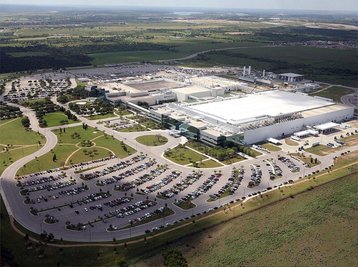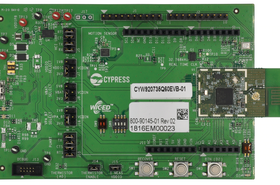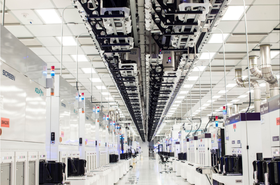Samsung lost 300-400 billion won ($270-$360m) after it was forced to shut down its Austin-based S2 foundry during Texas' Storm Uri.
Underinvestment and a lack of regulation meant that the grid was unable to handle the cold weather, forcing rolling outages that impacted the factory, as well as millions of Texans.
Due to the complex and fragile nature of chip development, the fab was not just impacted for the duration of the outage, but took over a month to return to full capacity. Some 71,000 chip wafers were affected.
New chip production this year
The outage also impacted NXP and Infineon fabs, and was soon followed by a fire at a Renesas fab in Japan. These incidents put added pressure on a heavily strained supply, with a global semiconductor shortage thought to beset to drag on for years.
To help meet this rising demand for chips, Samsung this week said that it would soon start mass production of 5nm and 7nm products at its Pyeongtaek production line.
"To respond to this current situation, we are focusing on maximizing efficiency of our current capacity... and expanding the Pyeongtaek No. 2 line which will come into full-scale operation in the second half," Ben Suh, EVP of investor relations at Samsung, said.
Samsung Foundry VP Han Seung-hoon added: "We plan to respond to increasing customer demand through active supply expansions centering on advanced processes by a full operation of Pyeongtaek Line 2, but we will strive to secure the basis for future growth by expanding our global customer bases and by diversifying within the applications such as HPC network, automotive and others."
The company said that it expected DRAM prices to continue to rise in the second half of the year, and that demand for NAND chips would outstrip supply.




